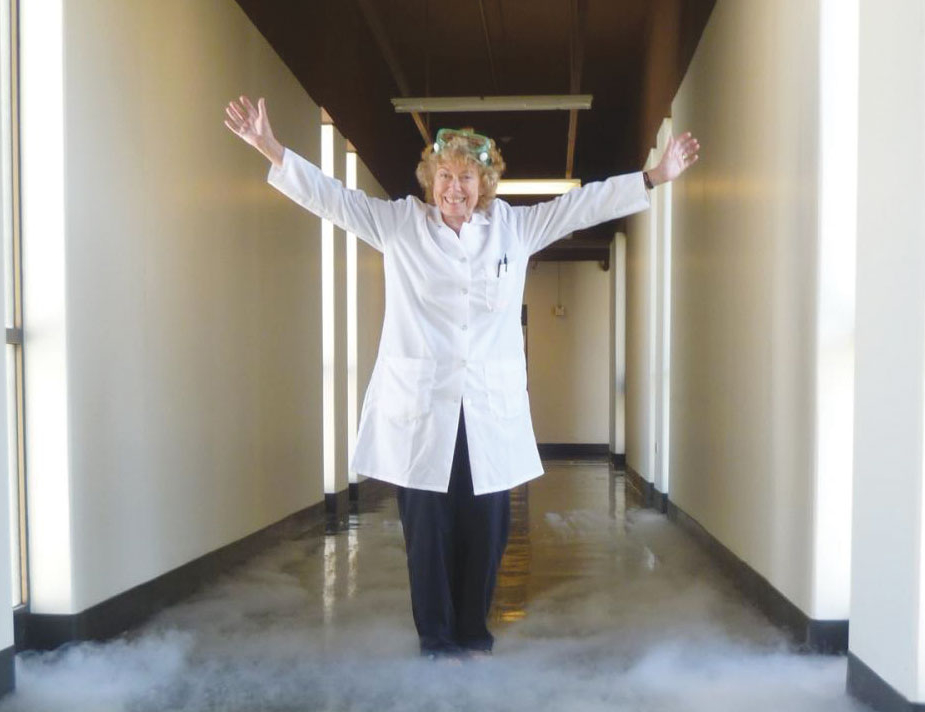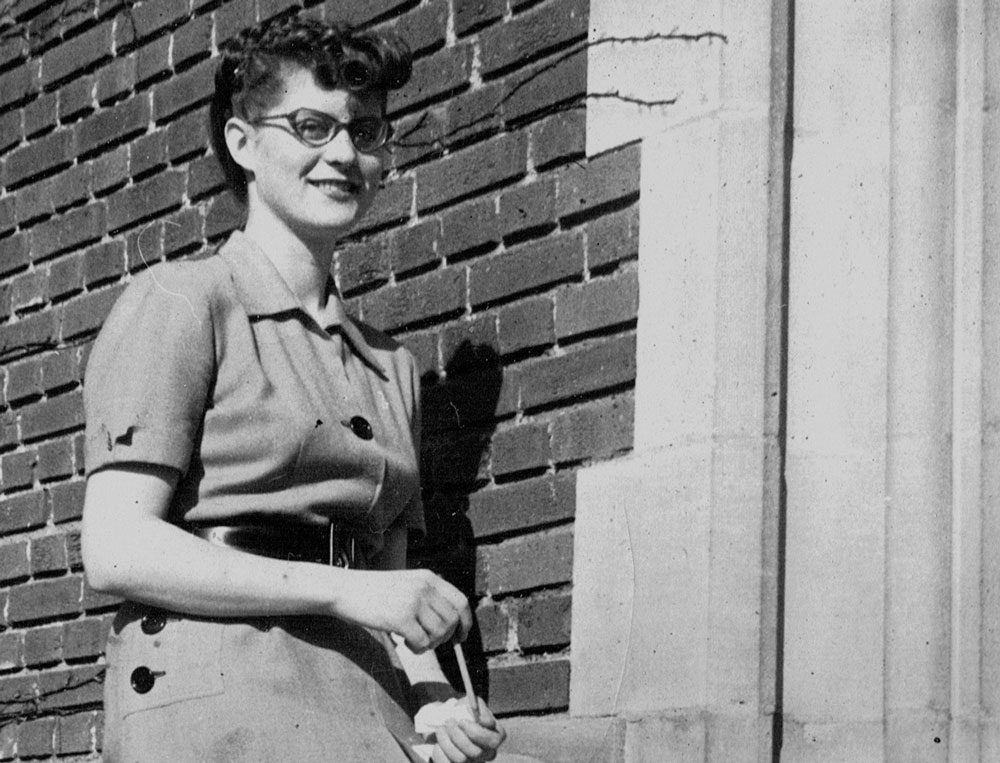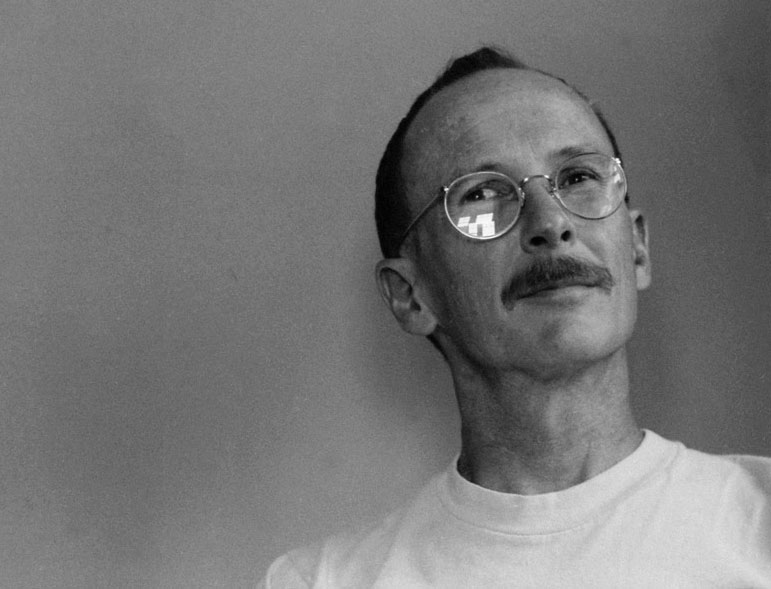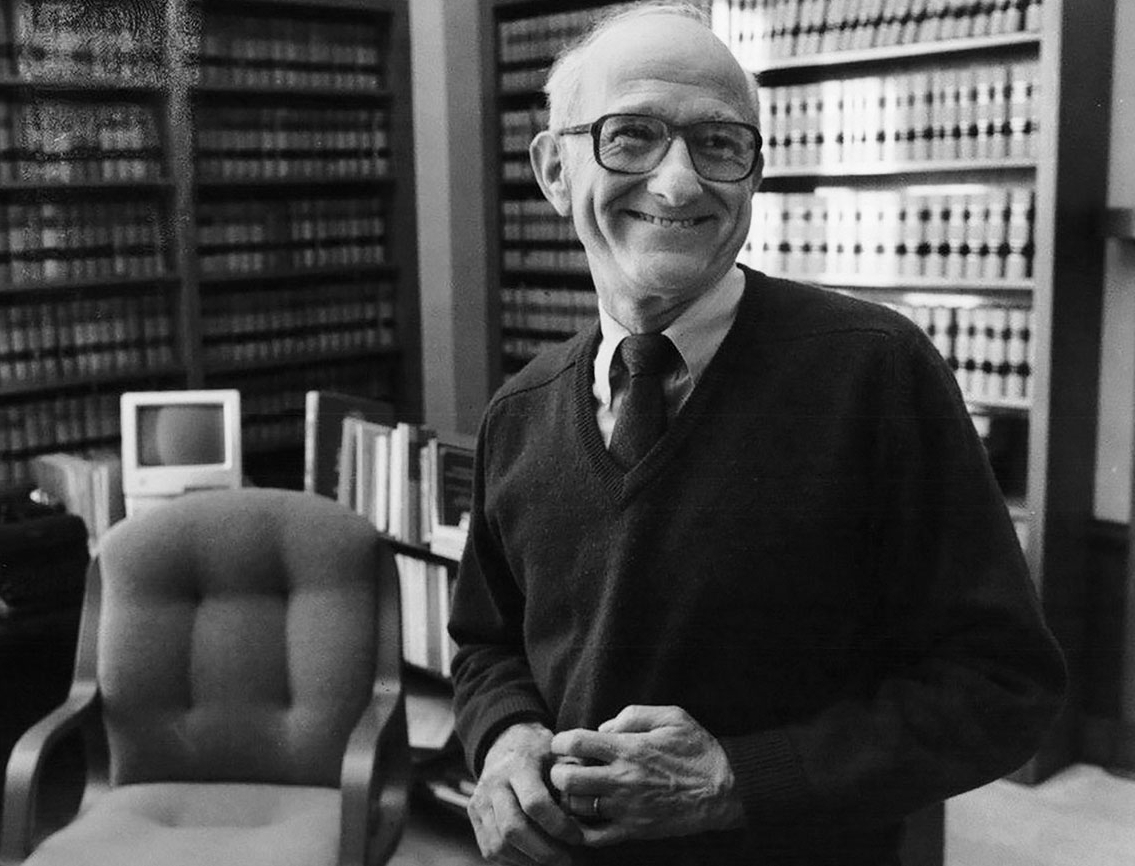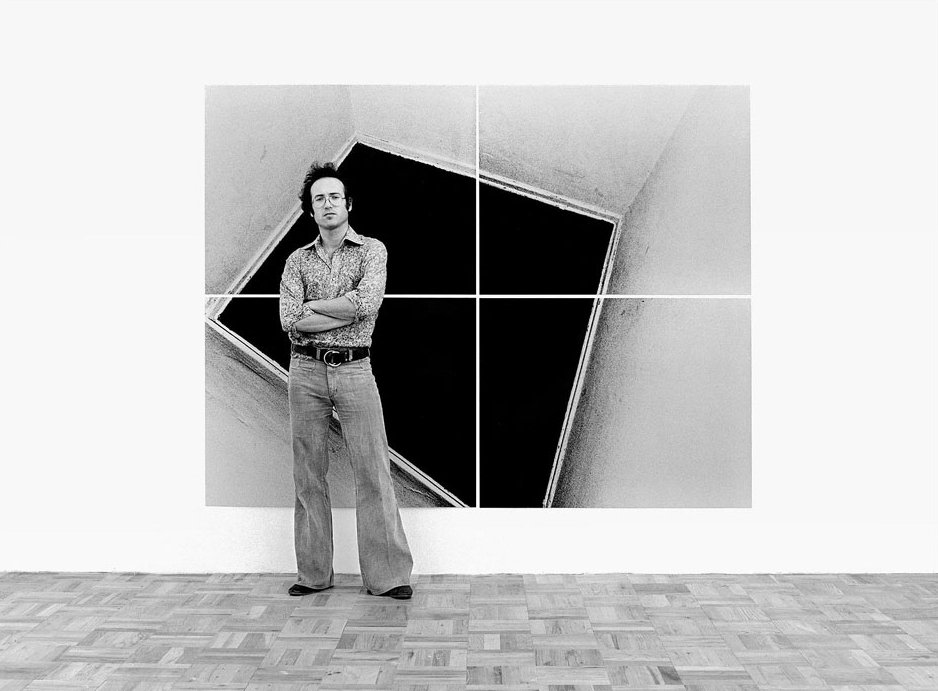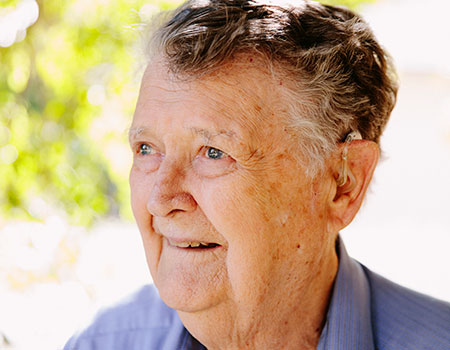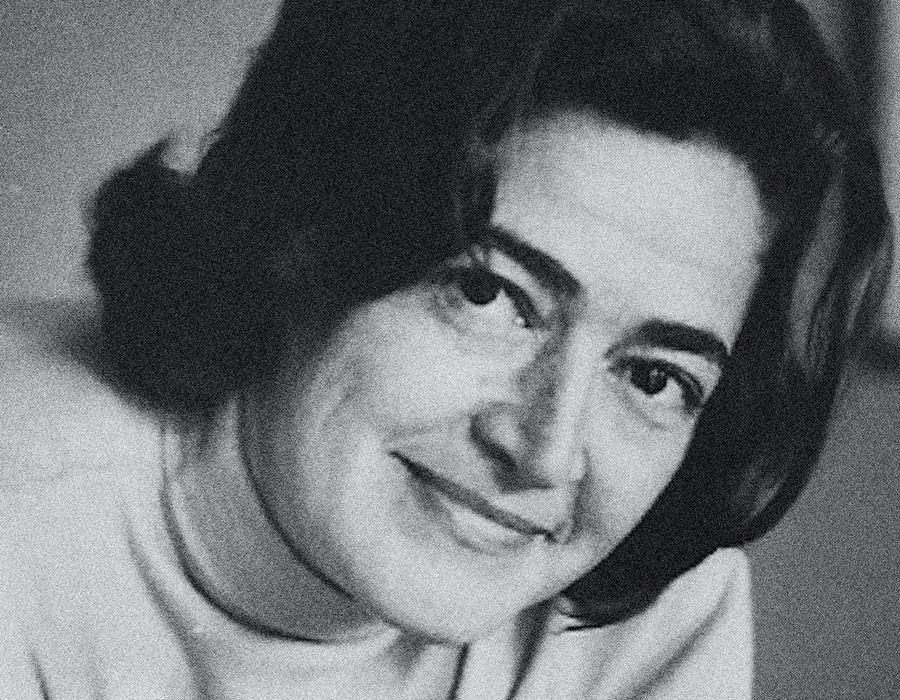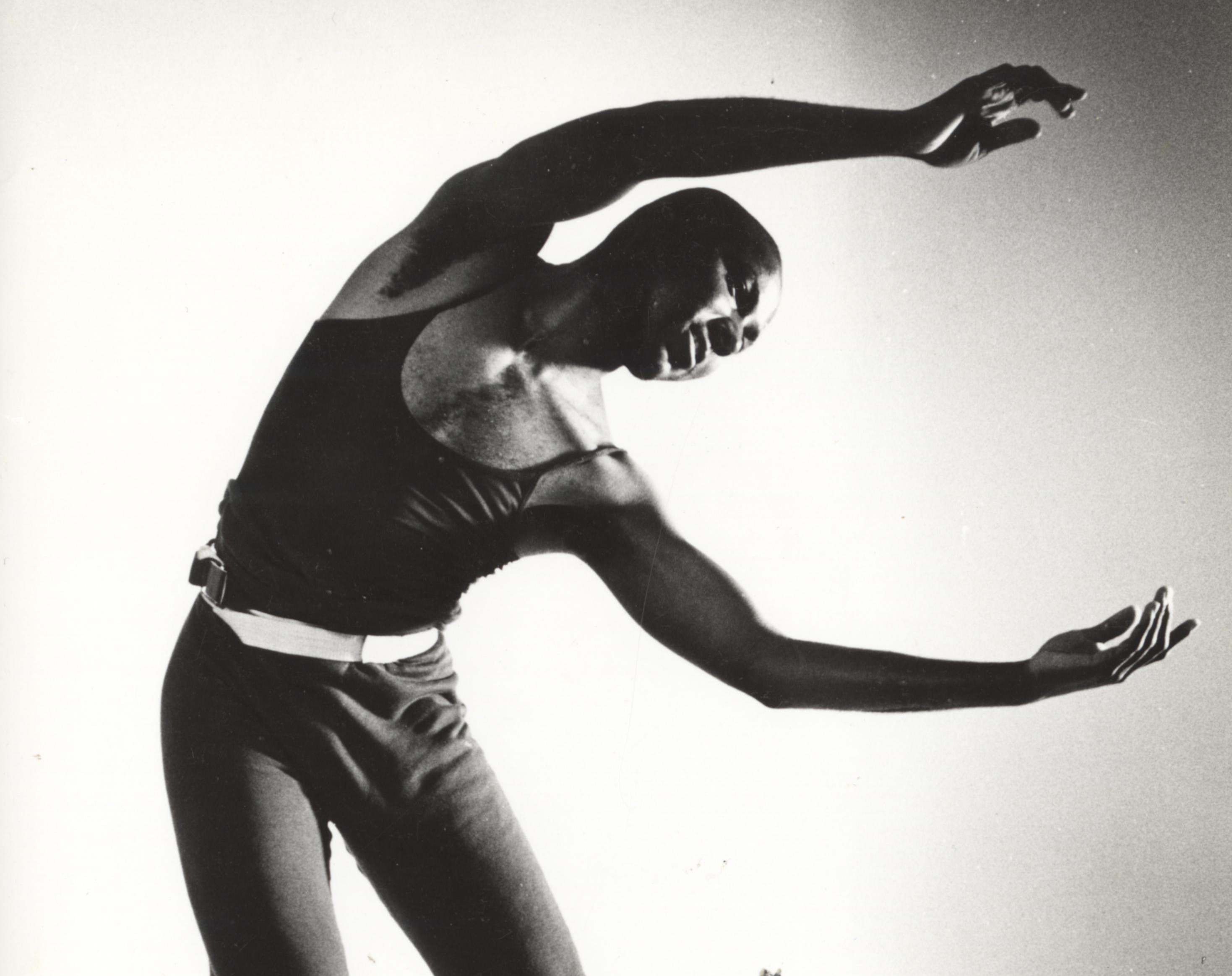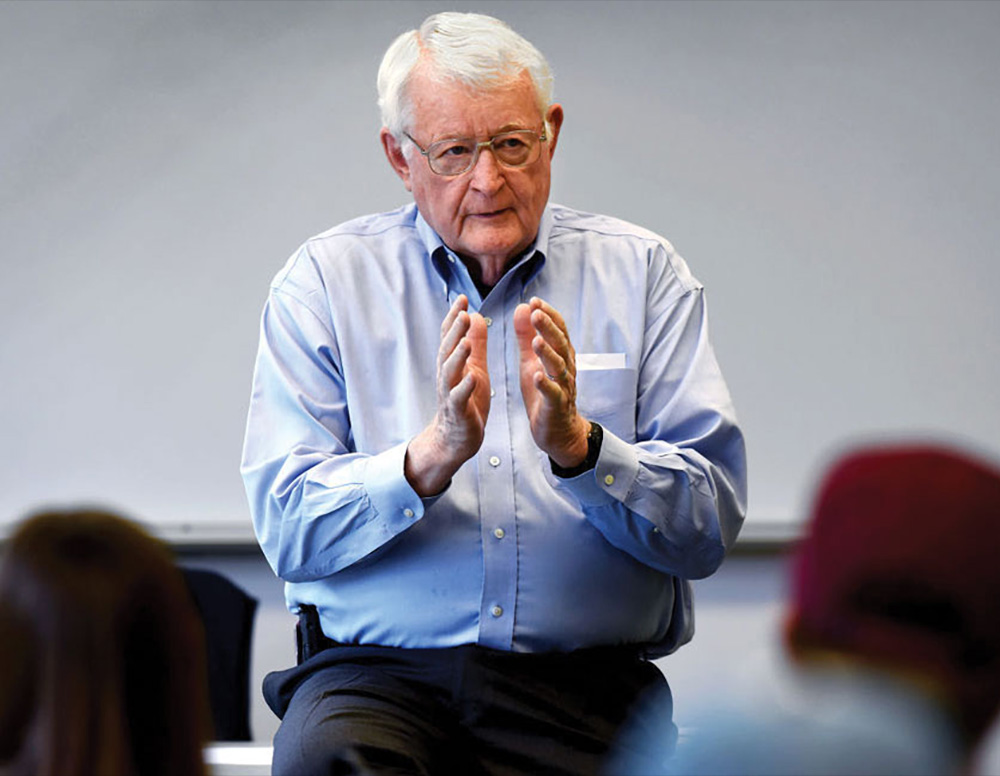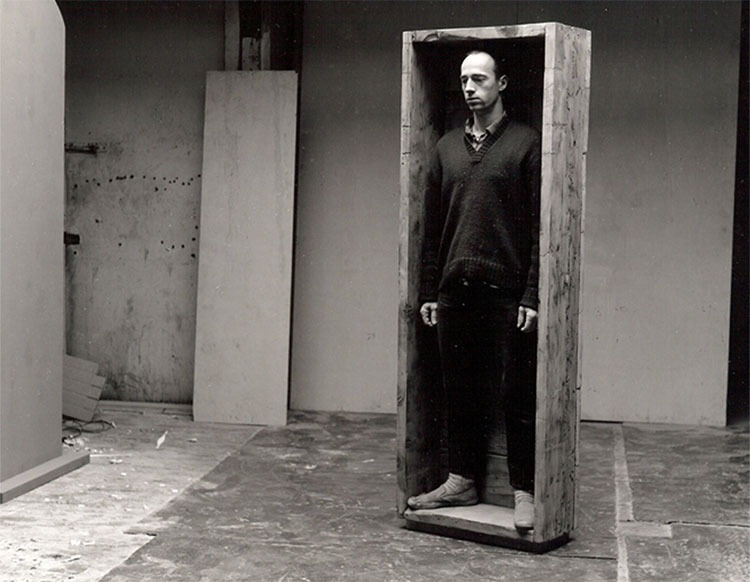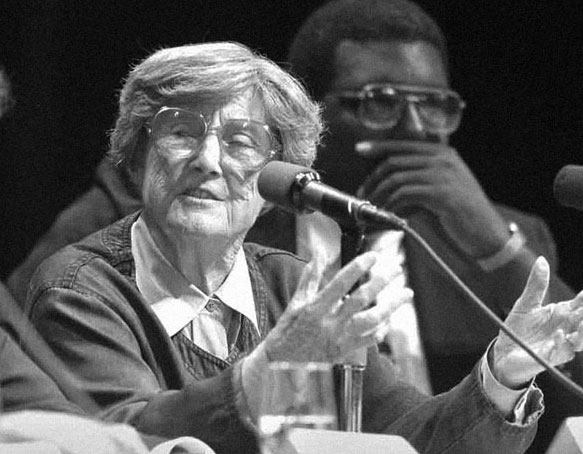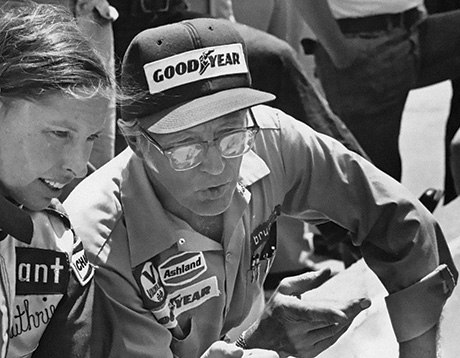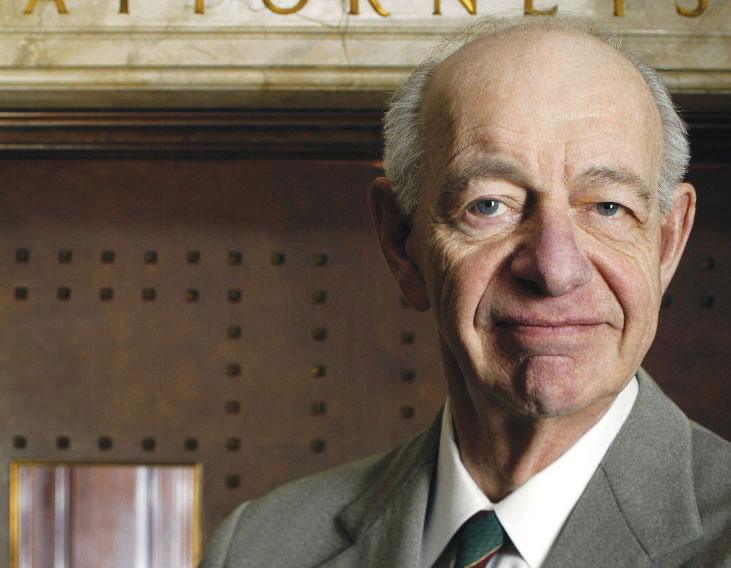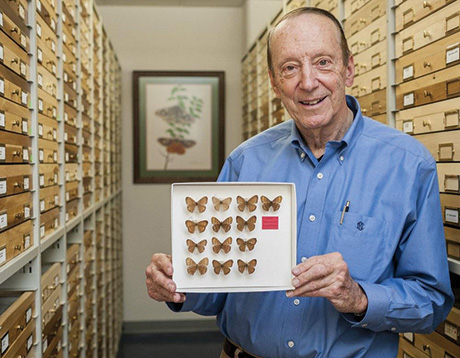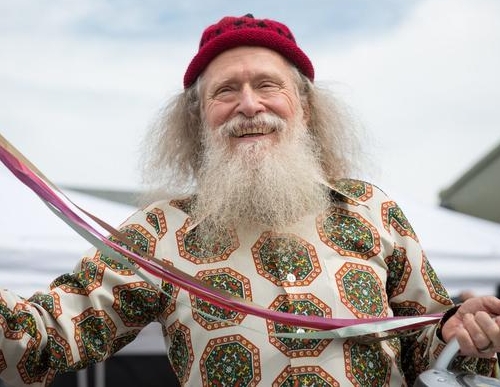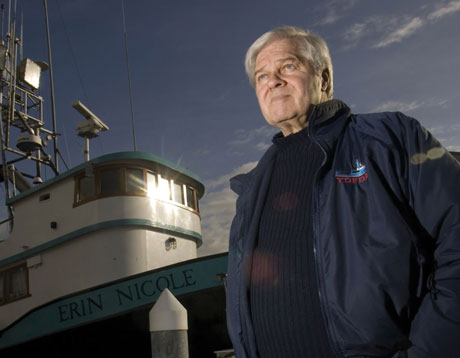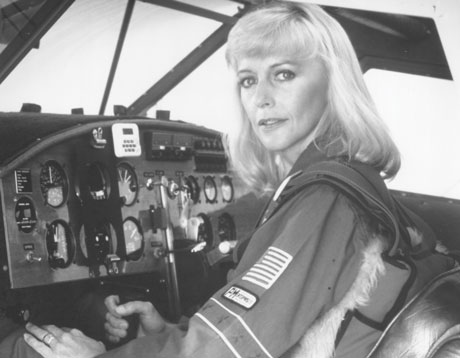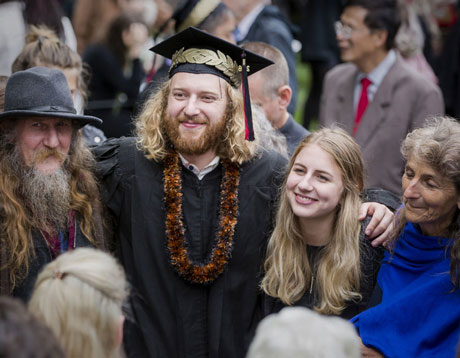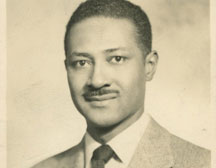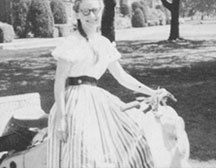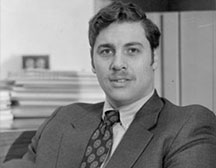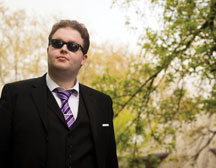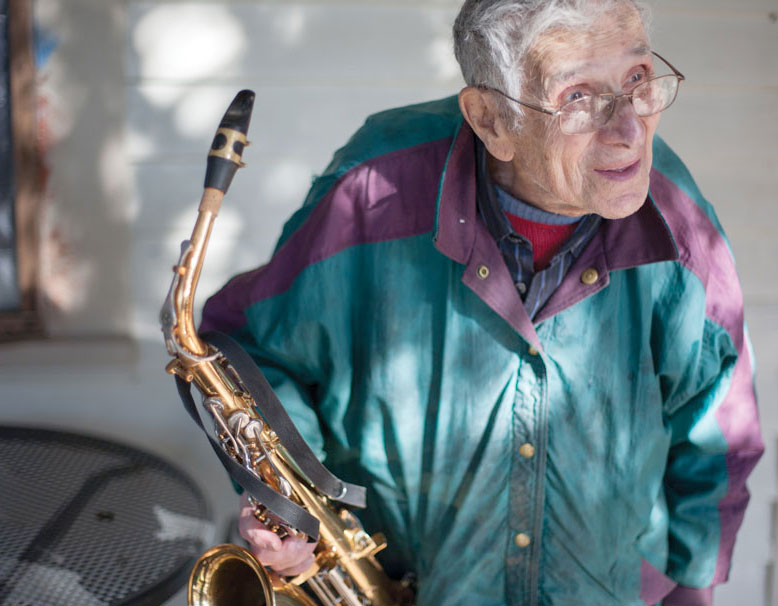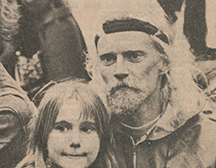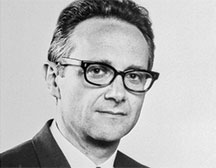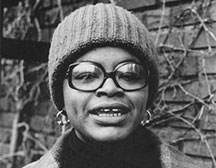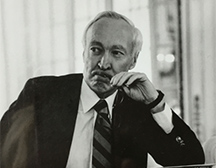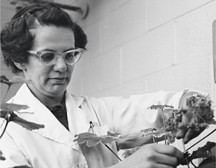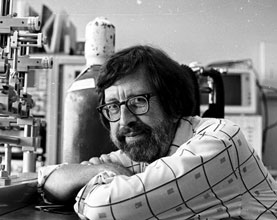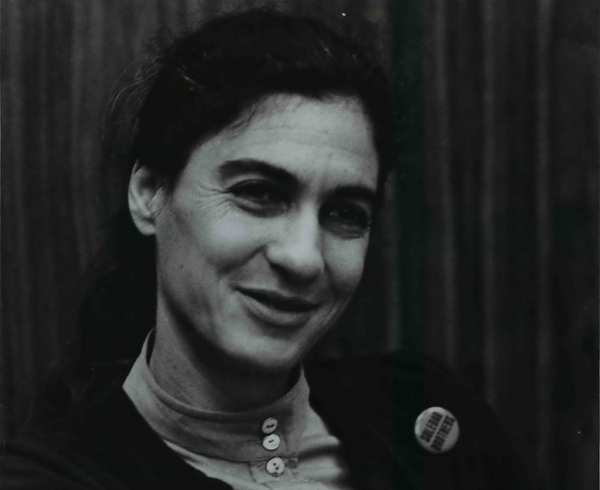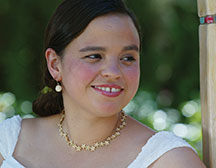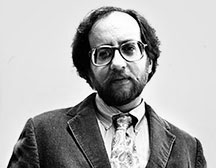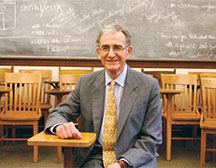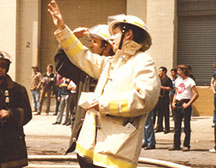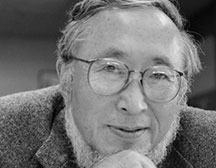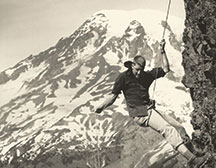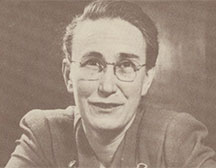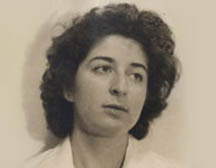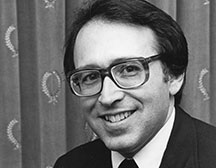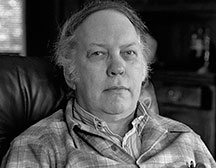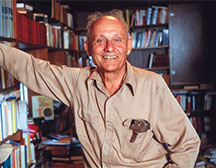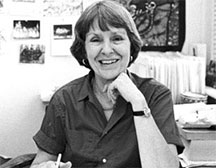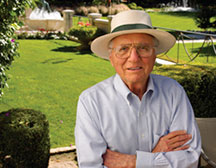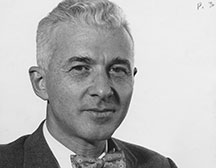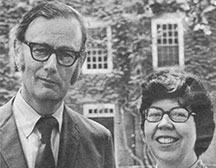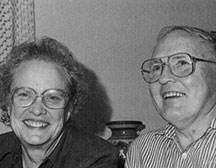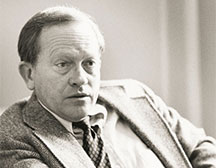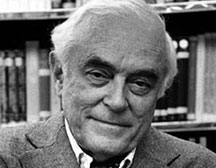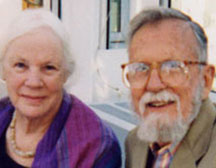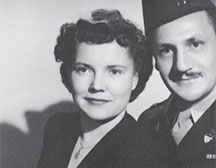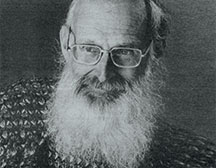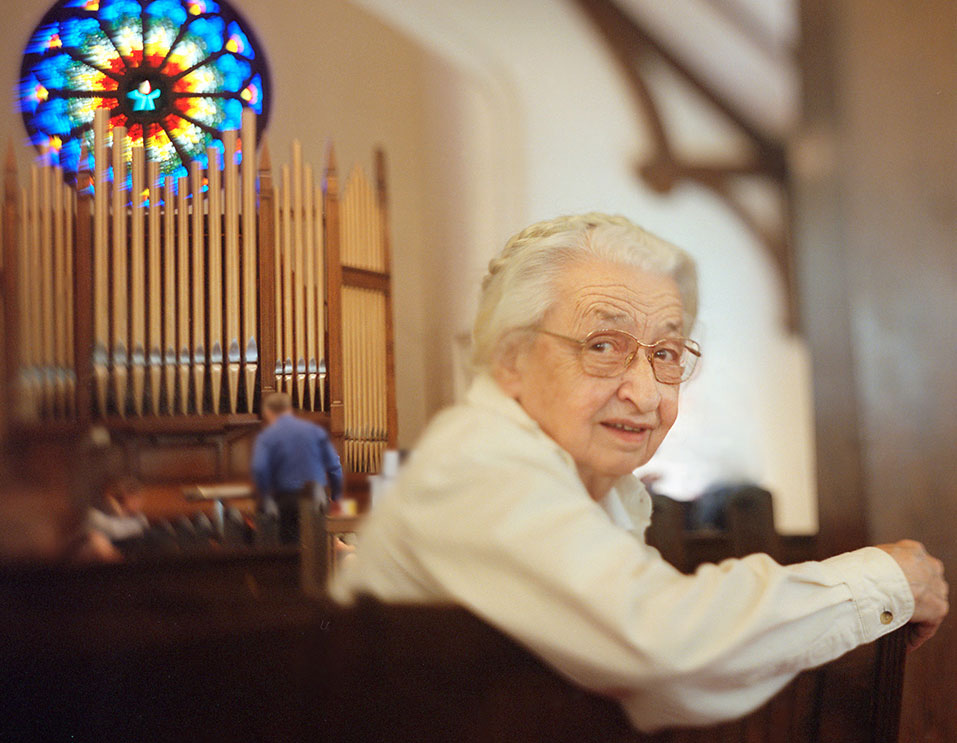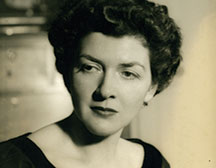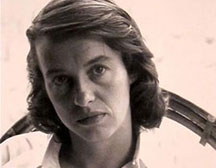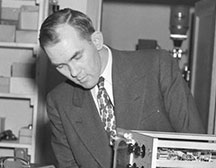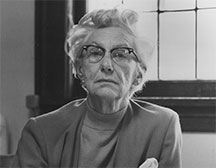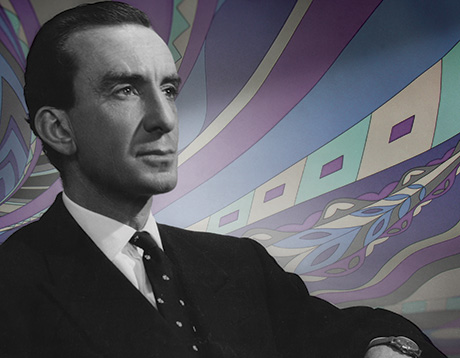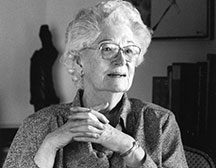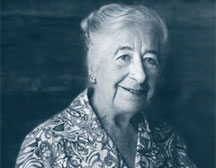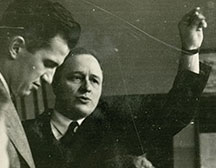The Colorful “Citizen-Mayor” Invigorated Portland
John Elwood (“Bud”) Clark Jr. ’58
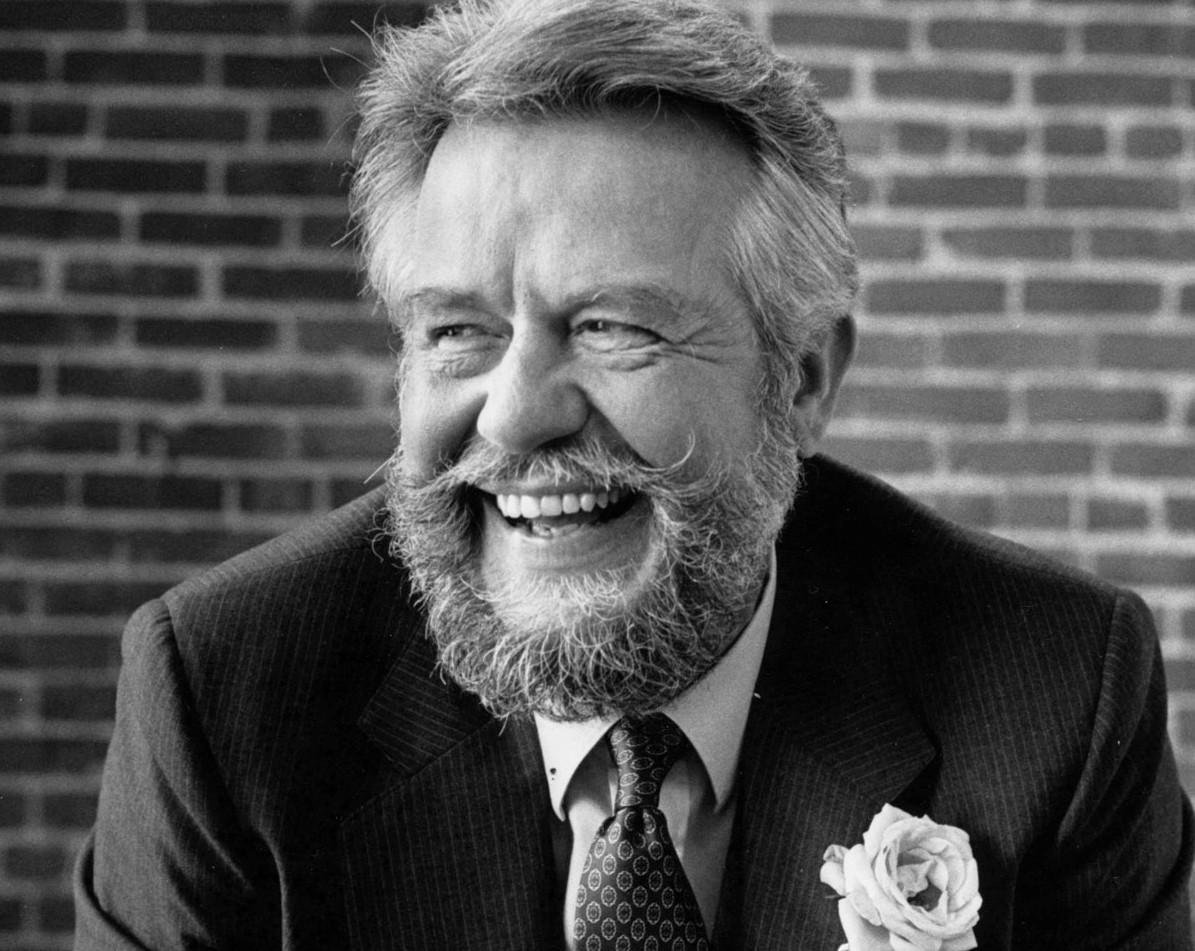
February 1, 2022, in Portland, from congestive heart failure.
Before “Keep Portland Weird” was a bumper sticker, Portland was a somewhat self-conscious metropolis with an image problem. In the early ’80s, New West magazine characterized West Coast cities by the type of woman they brought to mind. San Francisco was the dowager, Seattle was the tart, and Portland was the spinster. As much as anyone, Bud Clark ’58, who served two terms as Portland’s mayor from 1985 to 1992, changed that image of the city, branding it as anything but buttoned-up and boring. He died in the city he did so much to champion.
John Elwood “Bud” Clark Jr. was born in Nampa, Idaho, on December 19, 1931. He liked to say he was conceived in La Grande, Oregon, which made him a native Oregonian. His early years were spent in La Grande and in Fruitland, Idaho. His parents divorced when he was two, and a few years later, Bud and his mother, Mildred, moved to Portland, where she worked as a stenographer. A self-described “latchkey kid,” Bud worked too—selling lemonade and working for his mother’s secretarial service setting type for the multigraph machine. Through high school, he stoked the wood boiler in an apartment house. He and Mildred moved frequently around town, but he remembered his childhood fondly.
At Lincoln High School, as one of three male cheerleaders, Bud was known as the Yell King. He was more athletic than the other two, whom he somersaulted over. Adept at rallying the crowd, he was also president of his sophomore class and assistant treasurer of the student body.
“Somebody would suggest a dance, and Bud would go out and rent a band and reserve the Pythian Hall,” a classmate remembered. “He just went out and got things done.”
Bud went to Vanport College for a year and Oregon State College for a quarter before enlisting in the U.S. Marine Corps. Wanting to see the world, he volunteered three times for combat in Korea, but remained stuck at Camp Pendleton.
After being discharged, he considered studying science or engineering. But his counselor at the VA suggested that with his people skills, Bud would be best served studying psychology.
With tuition paid for by the G.I. Bill, Bud started at Reed as a psychology major. To pay for the rest of his life, he took a job driving a hearse for a mortuary and working as a ship chandler, calling in ships. This required him to leave class, drive out to St. Johns to call in a ship, and then return to class.
“I would say it ruined my education,” he said. But participating in international trade and gaining an overview of the city was its own kind of education. He eventually lost interest in psychology, his grades dropped, and he withdrew with junior standing. But he credited Reed’s broad-based liberal arts curriculum with giving him a foundation he would continue to build on.
“Reed made me realize that if you don’t have this exchange of information and different points of view, you can’t have progress,” he said. “When I started the tavern, I was told, ‘You shouldn’t talk about religion. You shouldn’t talk about politics.’ And I said, ‘Listen. That’s what this is all about. To talk about religion and to talk about politics.’”
His friend Joel Coffey said that before coming to Reed, Bud looked like Jack Armstrong, the All-American Boy, and afterwards like “someone you might guess went to Reed.” Bud became less inhibited after Reed and said whatever he wanted to say, Coffey remembered.
Many years later, after announcing he would not seek a third term as Portland’s mayor, Bud was asked if he was worried that would make him a lame-duck mayor. “I can’t be a duck,” he replied. “I went to Reed.”
After Reed, he worked for a pest control company and decided to open his own business, Aardvark Pest Control, raising the capital by tending bar. Then, at the age of 28, he began what he called his beatnik period, hitchhiking, walking the tracks, and sleeping out-of-doors. In Big Sur, he found work as a laborer, waiter, and cook.
He returned to Portland, married Joanne Walker, and, realizing that the tavern business was his true calling, became the proprietor of Spatenhaus Tavern, opposite Civic (now Keller) Auditorium. Less than two years after his marriage to Joanne, she was killed by a drunk driver in an automobile accident.
He married Sigrid Fehrenbacher in 1964 and adopted her son from a previous marriage, and eventually they had three more children. After 36 years of marriage, Sigrid died in 2000 of meningitis at age 59.
Spatenhaus Tavern was razed in 1967 to build the Forecourt Fountain (now Keller Fountain). Bud purchased Ann’s Tavern in Goose Hollow, which he remodeled and renamed the Goose Hollow Inn. Close to both downtown and the West Hills professional crowd, it was an ambient blend of bohemian Gothic and the old Algonquin bar. There was no television, just classical music and conversation. It was a success.
“Bud found that pre-yuppie audience that rejects both the McDonald’s-like homogeneity in their lives and the Cadillac-like show,” said Don Younger, proprietor of the Horse Brass Pub. “He found them, cultivated them, kept them coming. He appealed to that post-’60s group that looked up and saw that its beer was bland, its bread was bland . . . and finally that its mayor was bland.”
Bud acquired two other buildings in Goose Hollow: one housed his canoe and duck-hunting accessories shop, and the other housed Mother Goose Antiques, run by Sigrid. He credited her with supplying the affection, support, and confidence that not only could he be mayor, but that it might actually be fun to be so.
In 1978, he had gained a kind of celebrity by being photographed from behind with bare calves and an open raincoat, appearing to flash a bronze sculpture titled Kvinneakt (Norwegian for “female nude”) on the Portland Mall. The resulting “Expose Yourself to Art” poster, photographed by Mike Ryerson, raised money for “Zap the Clap,” a campaign against venereal disease, and sold more than a quarter million copies.
He may have looked like a flasher from behind, but head on he looked more like Santa Claus; silver whiskers wreathed a face featuring a mustache with upturned ends. Suspenders were affixed to his corduroy pants or lederhosen, and he habitually wore a signature red boutonniere rose. The 14-carat twinkle in his blue eyes imbued him with the spirit of St. Nick.
“I am Santa Claus,” he said when he announced his candidacy for mayor of Portland. “I’m a Christmas gift to Portland.”
For years, Bud had been active in community projects and neighborhood associations. He founded a community newspaper, The Neighborhood; delivered Meals on Wheels for 11 years; and served on the boards of Planned Parenthood, the Waterway Advisory Committee, and the United Way’s Policy Development Committee. Incensed that the voters were not being offered options, Bud felt that not only was Portland becoming staid and boring under Mayor Frank Ivancie, it was losing the momentum it had gained under Mayor Neil Goldschmidt.
“The thing about Bud is that he’s fearless,” said his friend Easton Cross. “I’ve never seen him intimidated. He has no awe for the rich and powerful, and gets a kick out of the downtrodden and dirty. When he decided to spend his own money on the campaign, I told him he was crazy; everybody did. But he has a will of steel.”
On Christmas Day in 1983, Bud decided to run for mayor. Three days later, he was eating at Keong Kee Kitchen and broke open a fortune cookie to read: “You will be awarded some great honor.” A relatively unknown candidate, he pulled off the impossible and beat the incumbent mayor in the primary with 54.7% of the vote. Shortly after the election, he dined at Lu Yen and opened another fortune cookie. It contained the identical message.
The economy was mired in a recession. People were leaving the state to find work elsewhere. As mayor, he was able to convince business people, local governments, and metro-area voters that an $85 million investment in the regional economy was both doable and necessary. He wanted friendlier police, a friendlier city hall, a financially stable city government, and to advance Portland as a Pacific Rim trade center. In his two terms, the city built the Oregon Convention Center, developed a nationally recognized plan for people experiencing homelessness, extended the downtown transit mall, shifted toward community policing, completed the Pioneer Place shopping center, and negotiated the purchase of historic Union Station and 32 acres of developable land around it. After taking office facing a budget shortfall, Bud left with substantial reserves.
In 1988, he was named the winner of the. U.S. Conference of Mayors’ ninth annual City Livability Award in recognition of “outstanding mayoral leadership in the development and support of the urban arts.”
His role model was Cincinnatus, the farmer who left his plow to lead Rome and then returned to his fields. Bud felt that the most important function of Portland’s mayor was to sell the city and its livability.
“I don’t think people ought to make a career out of being a politician,” he said. “We ought to have citizen politicians. Why people don’t have different phases in their lives has never made sense to me.”
During a snowstorm in December of 1992, he rode his bicycle away from City Hall and entered the next phase of his life. In his retirement, he hiked, rafted Oregon rivers, played with his grandchildren, and got involved with causes and fundraisers. He hunted with friends, shooting with his camera.
“I think that we ought to have our sights on not just putting our nose to the grindstone, accumulating wealth,” Bud said. “I think there is too much emphasis on accumulation of things and stuff and objects. I’ve got one of everything, I am sure. I just can’t find it at home, but I know it is there. I have enough of everything now.”
He is survived by his children, David, Rachel, Jason, and Nicolas.
Appeared in Reed magazine: June 2022
comments powered by DisqusFrom the Archives: The Lives they Led
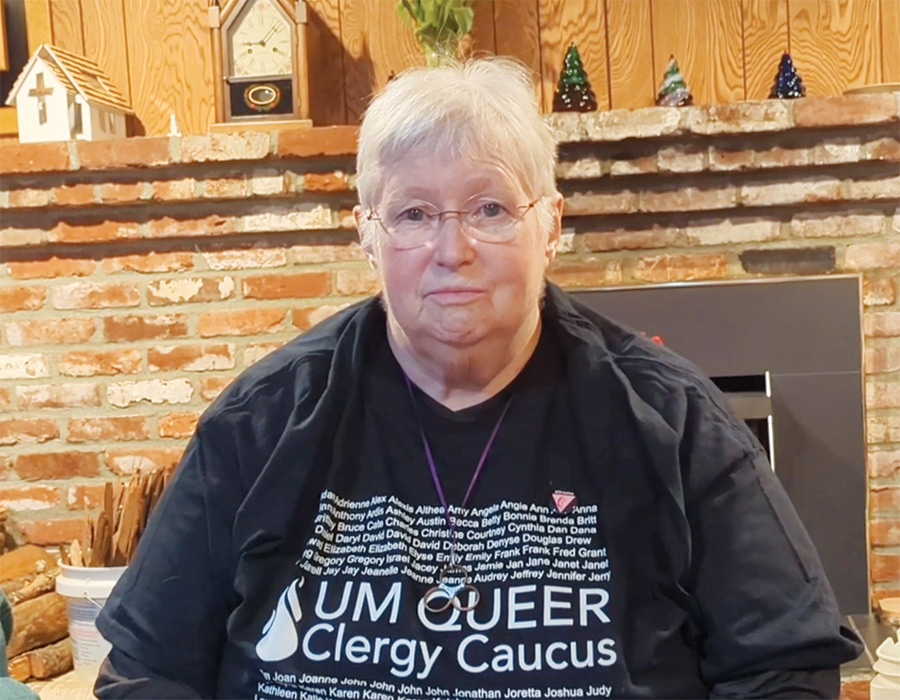
Jeanne Knepper ’69
The First Openly Gay Woman to Be Ordained and Appointed Within the Oregon-Idaho Conference of the United Methodist Church
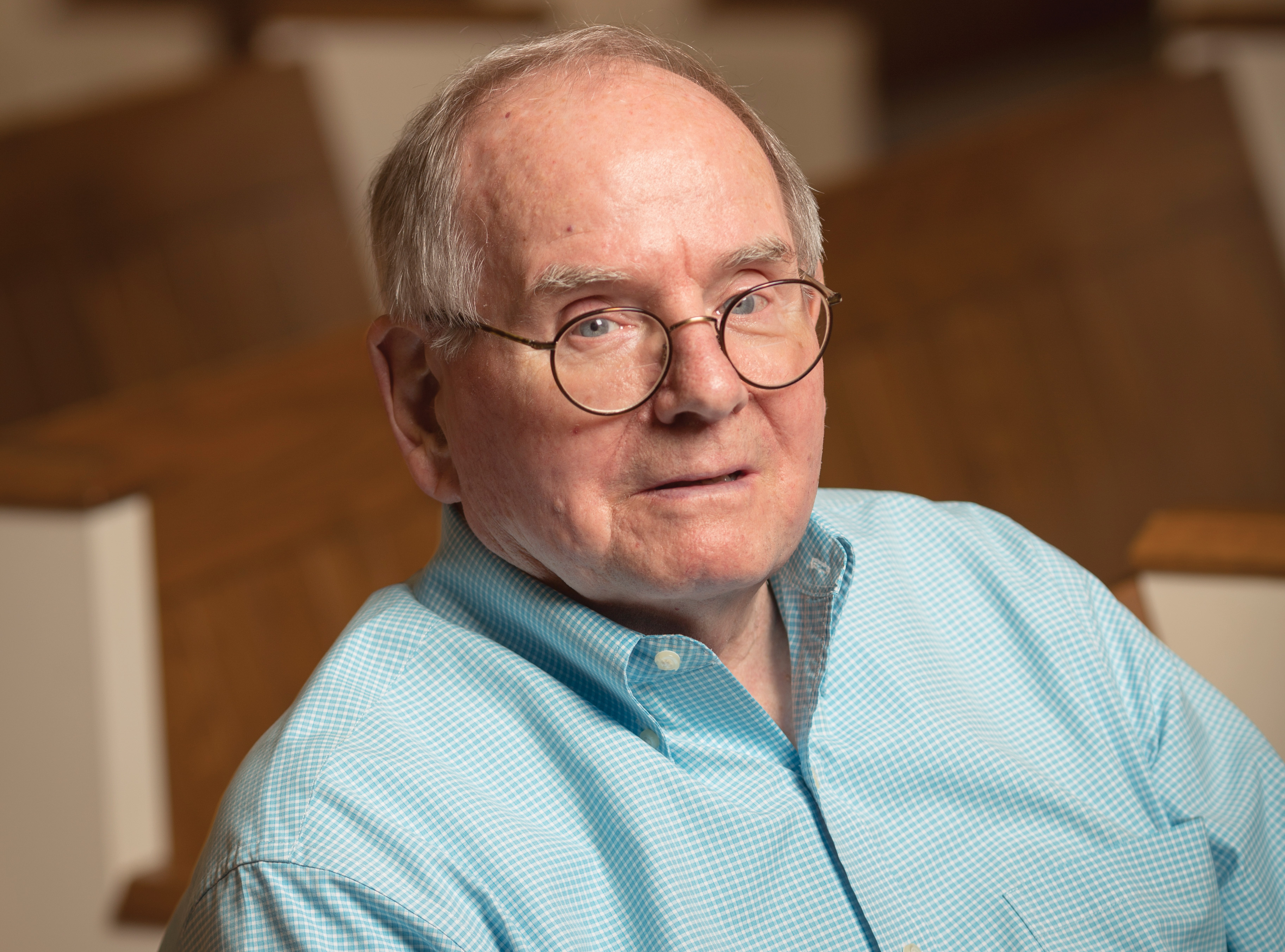
William Haden
As Acting President of Reed, He Strengthened the College's Finances and Alumni Relations
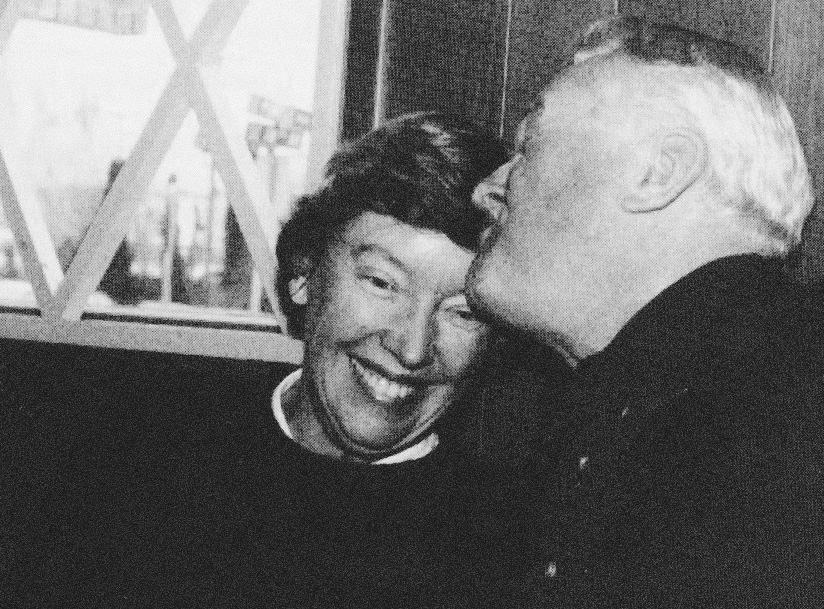
Nancy Horton Bragdon
Reed’s First Lady Whose Warmth and Leadership Were Invaluable During a Turbulent Time

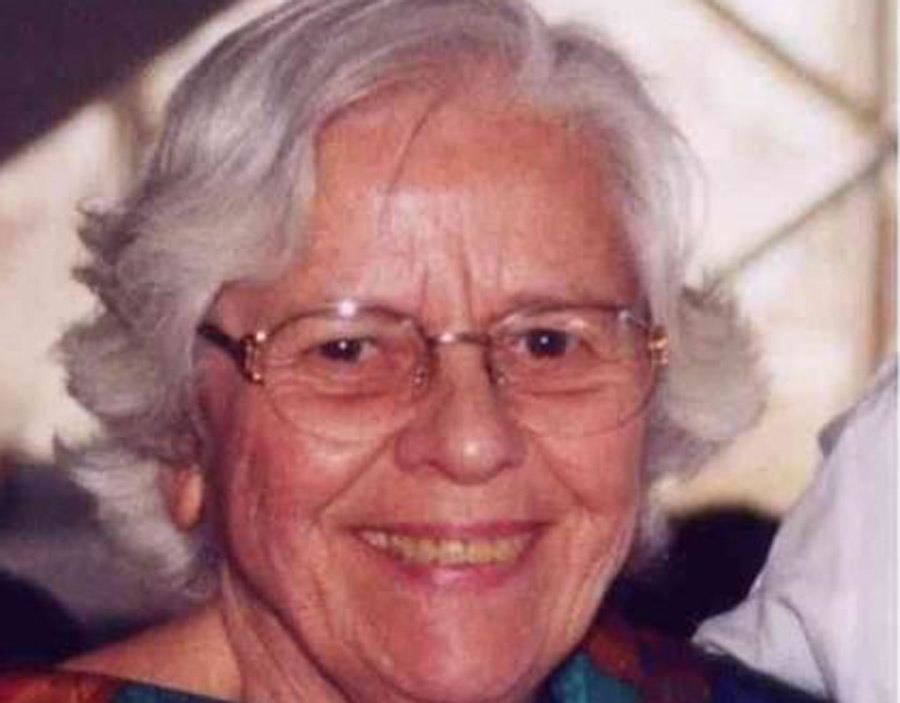
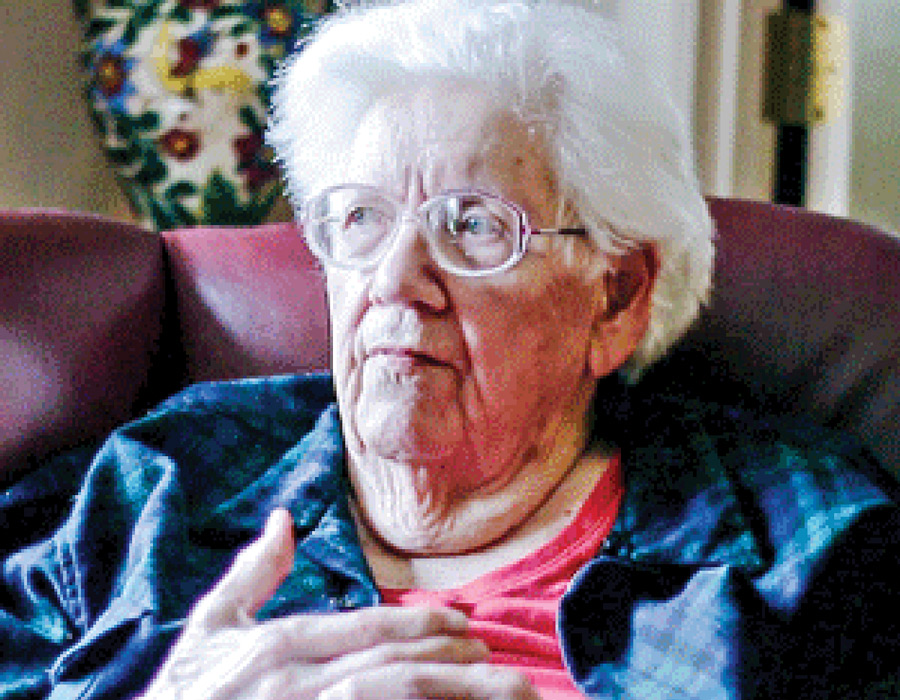
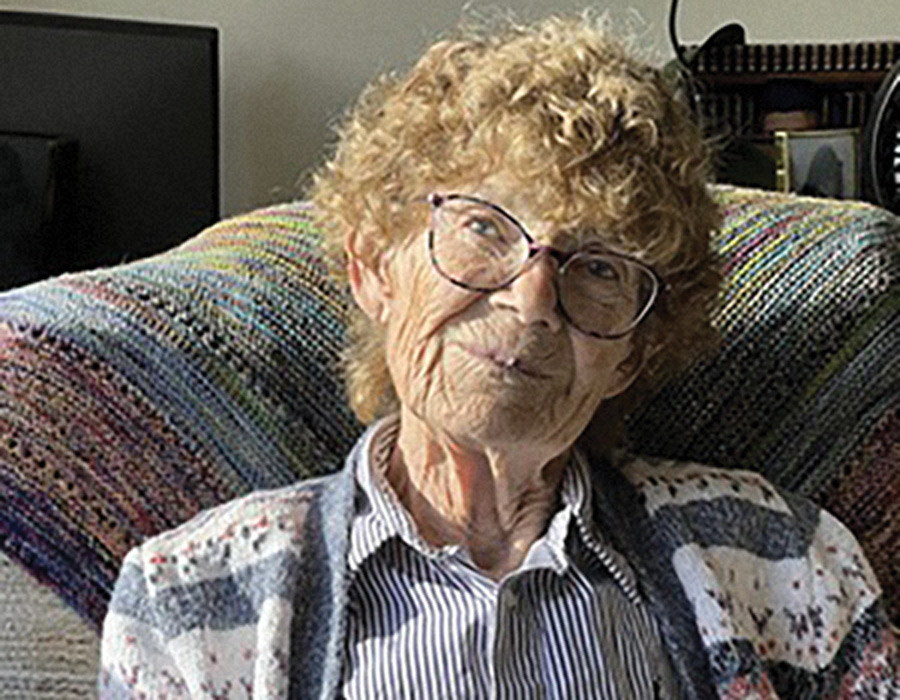
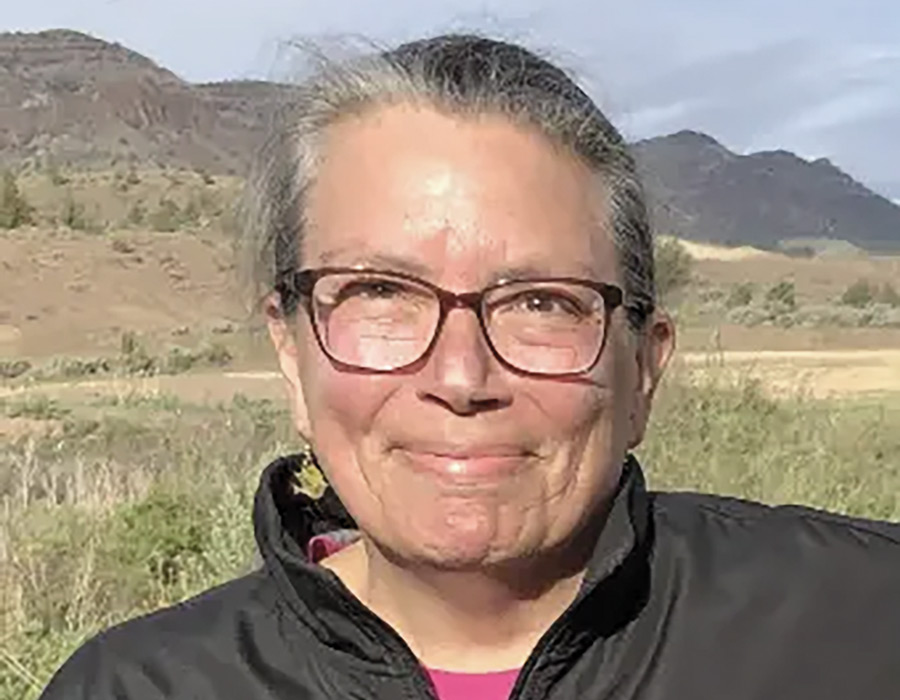
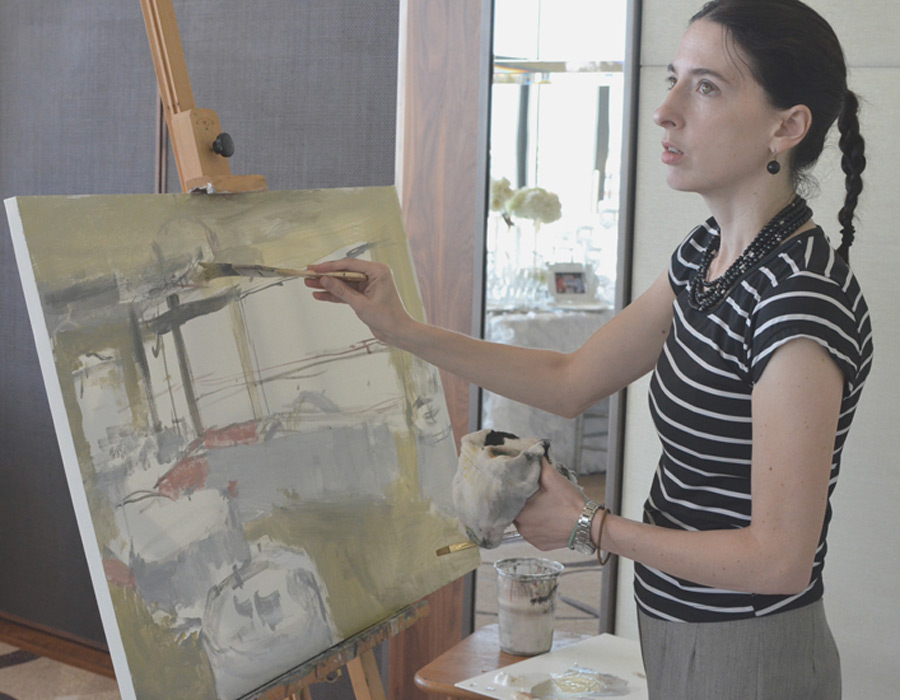
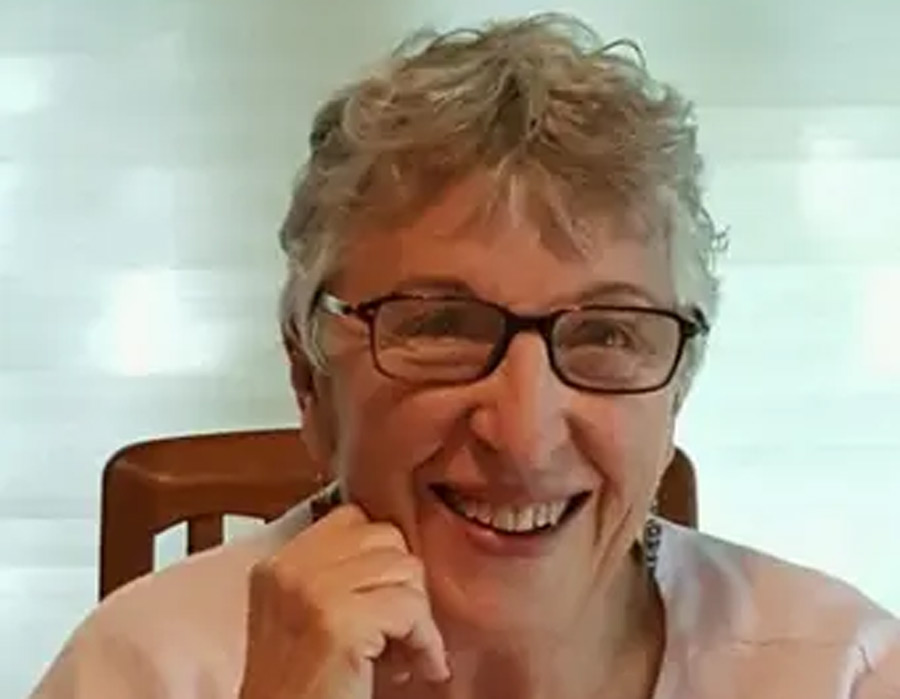
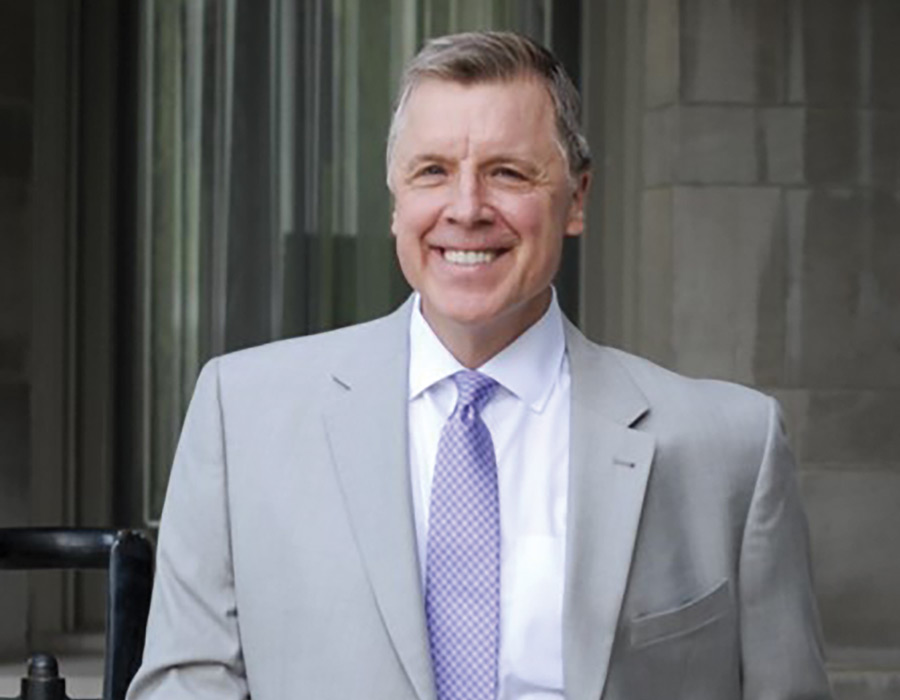
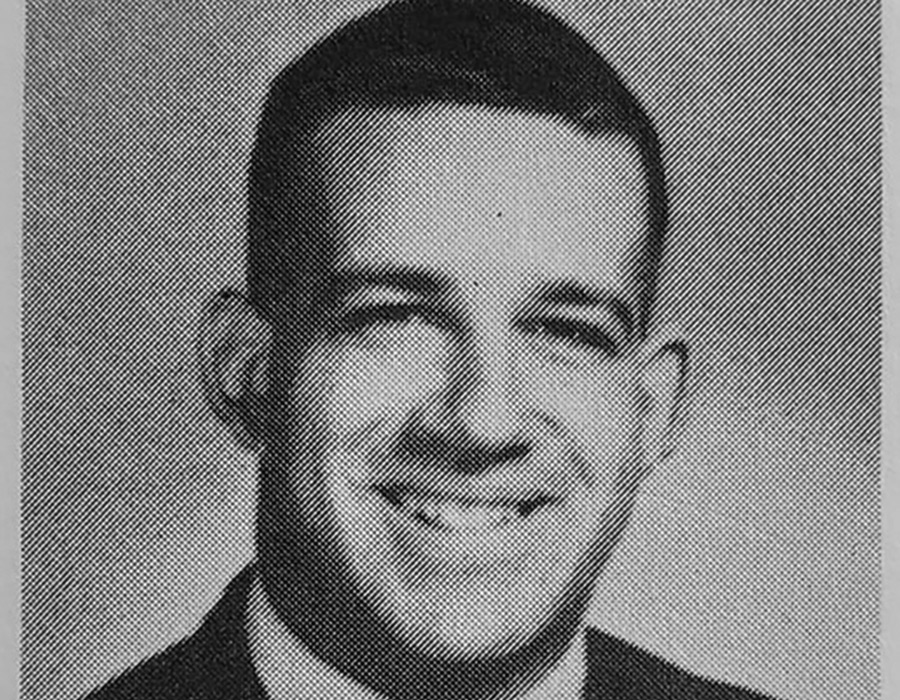
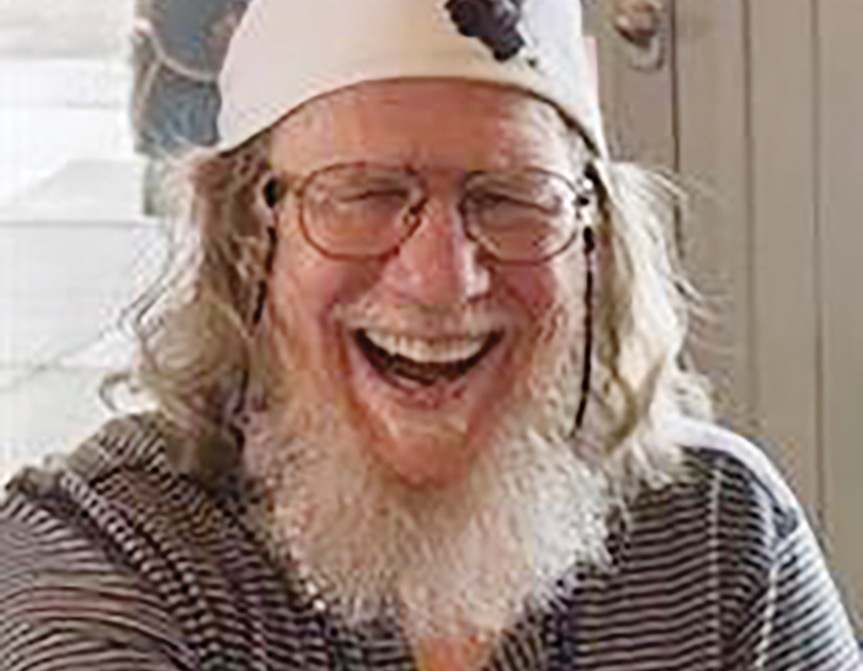
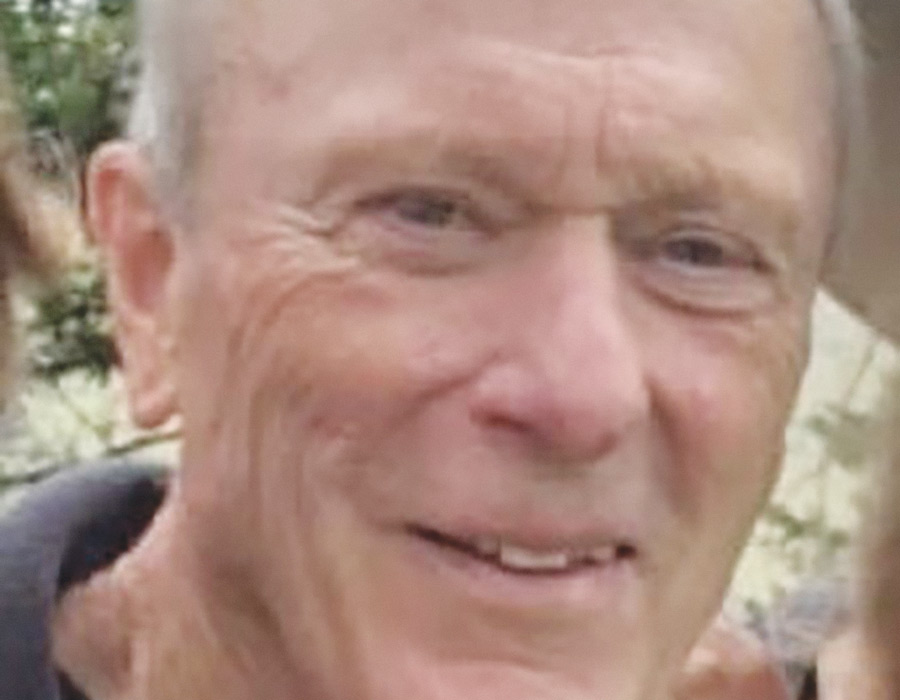
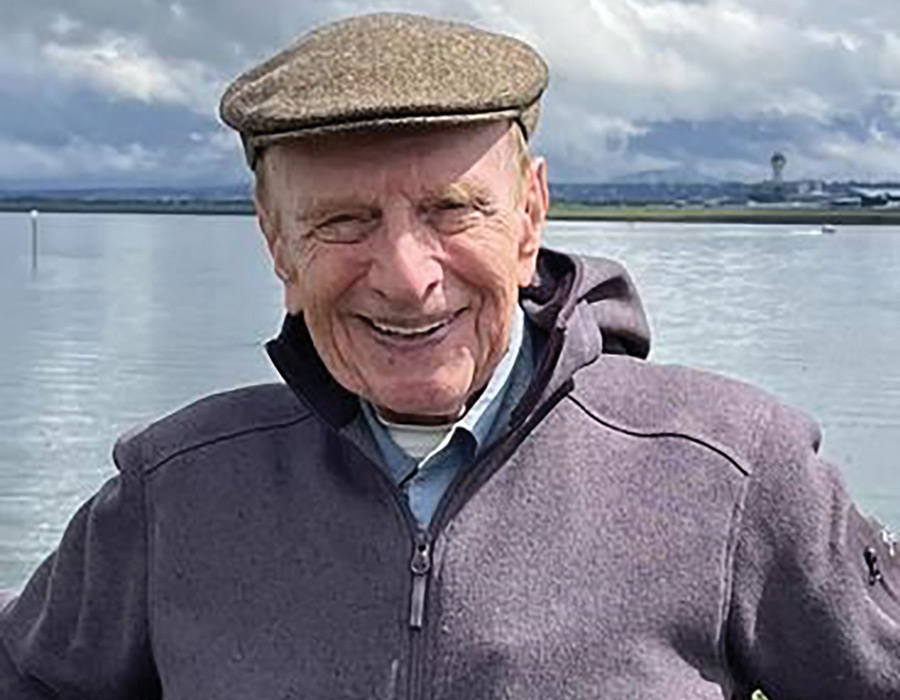
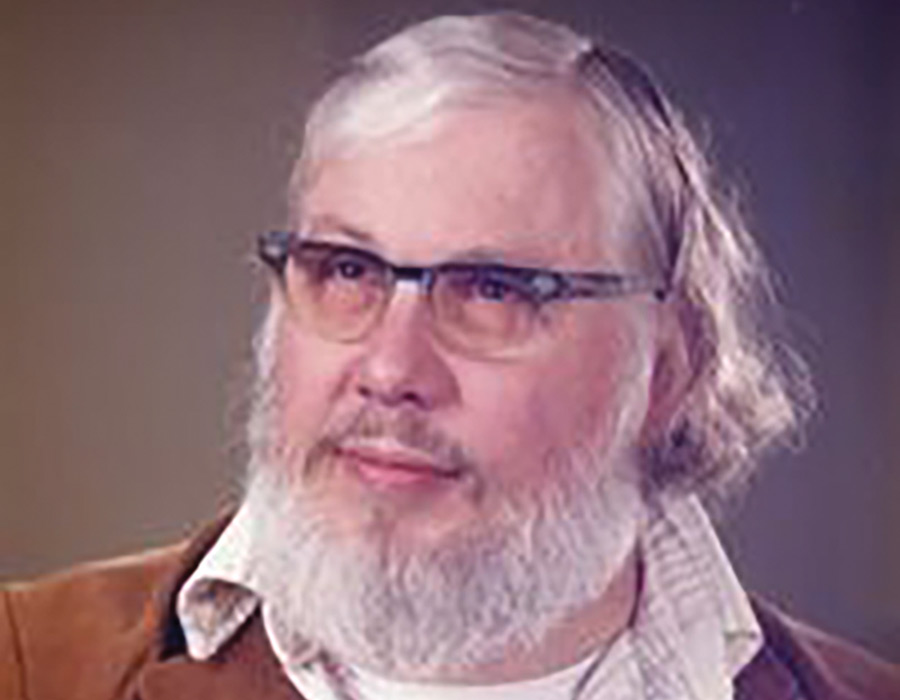
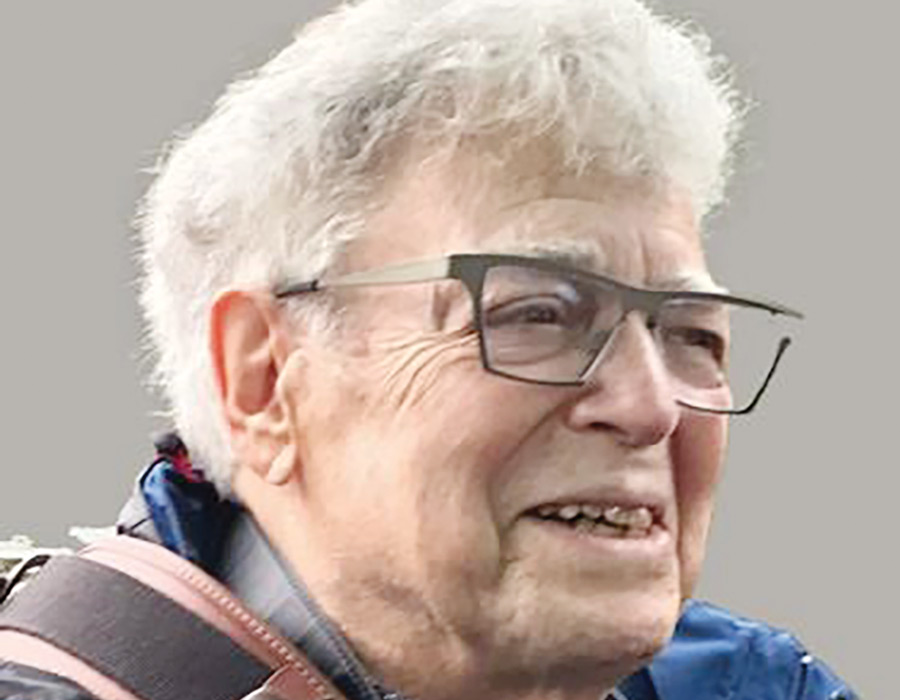
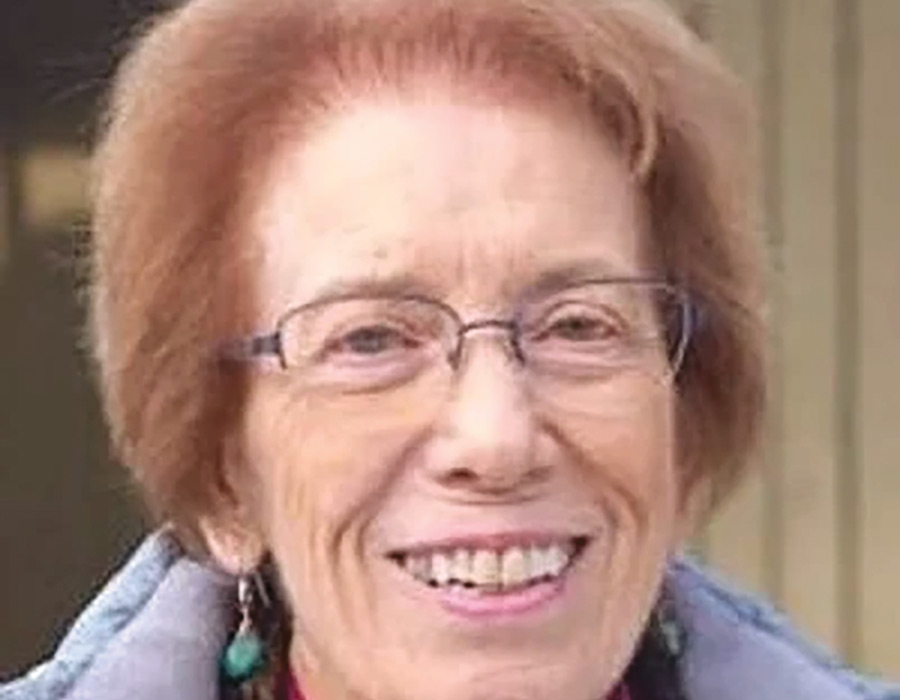
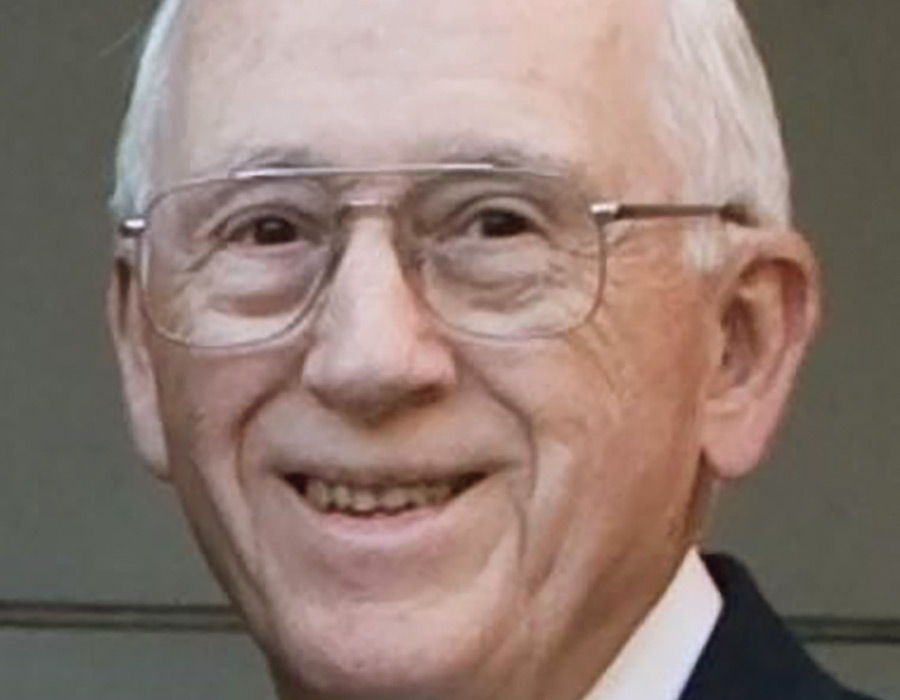
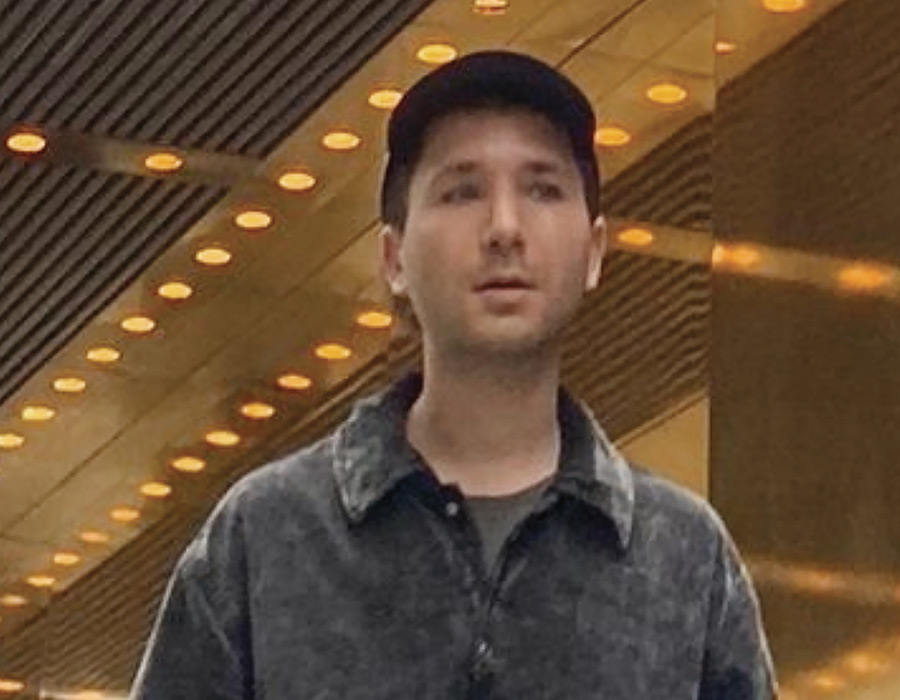
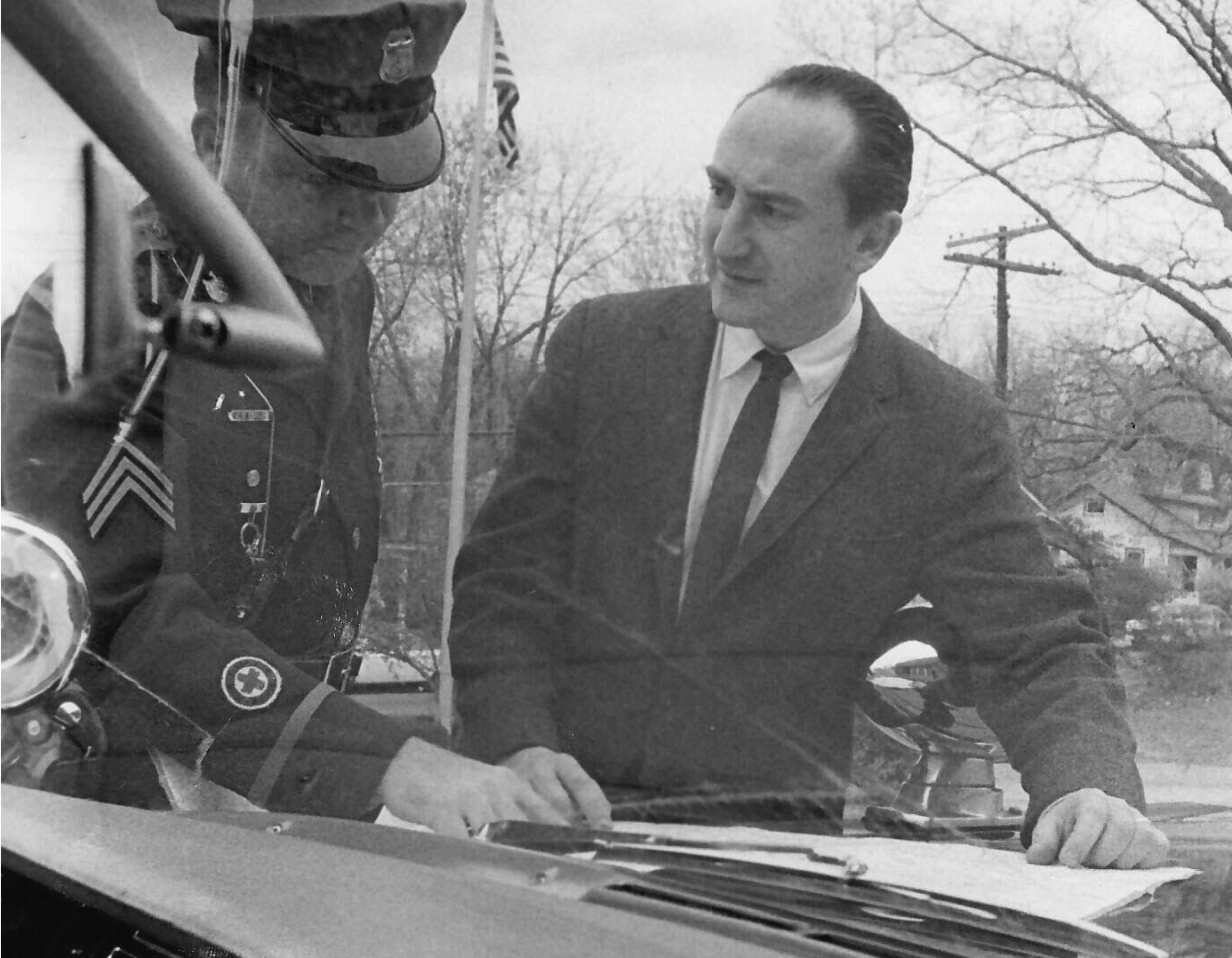
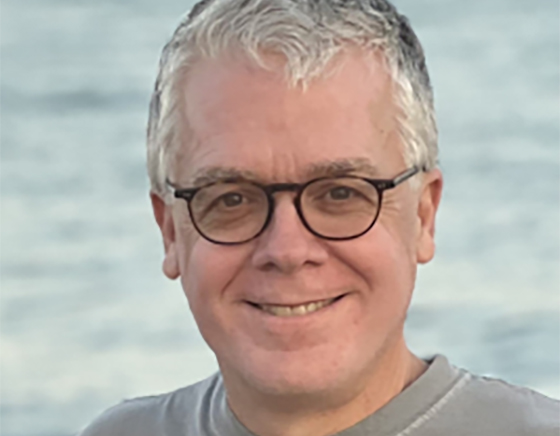
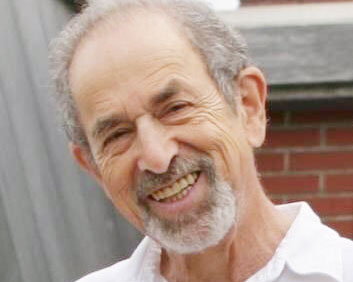
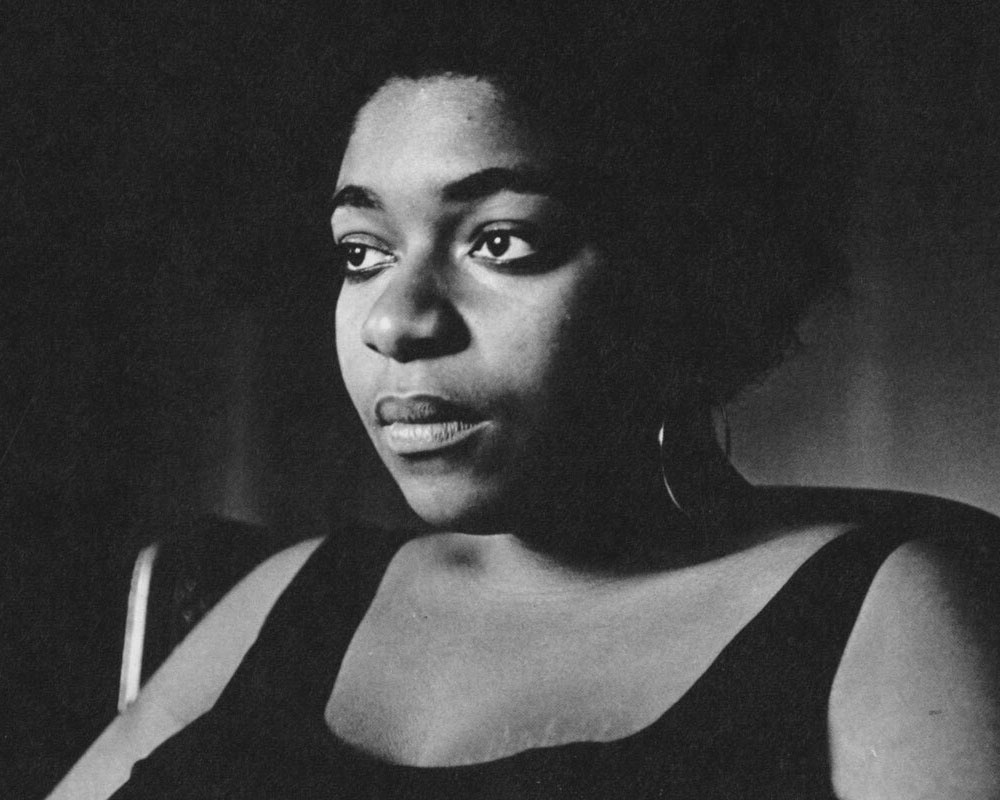
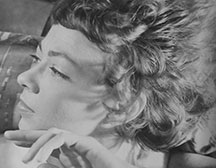
![Photo of Prof. Marvin Levich [philosophy 1953–94]](https://www.reed.edu/reed-magazine/in-memoriam/assets/images/2022/LTL-levich1.jpg)
![Photo of President Paul E. Bragdon [1971–88]](https://www.reed.edu/reed-magazine/in-memoriam/assets/images/2020/Bragdon.jpg)
![Photo of Prof. Edward Barton Segel [history 1973–2011]](https://www.reed.edu/reed-magazine/in-memoriam/assets/images/2020/Segel.jpg)
